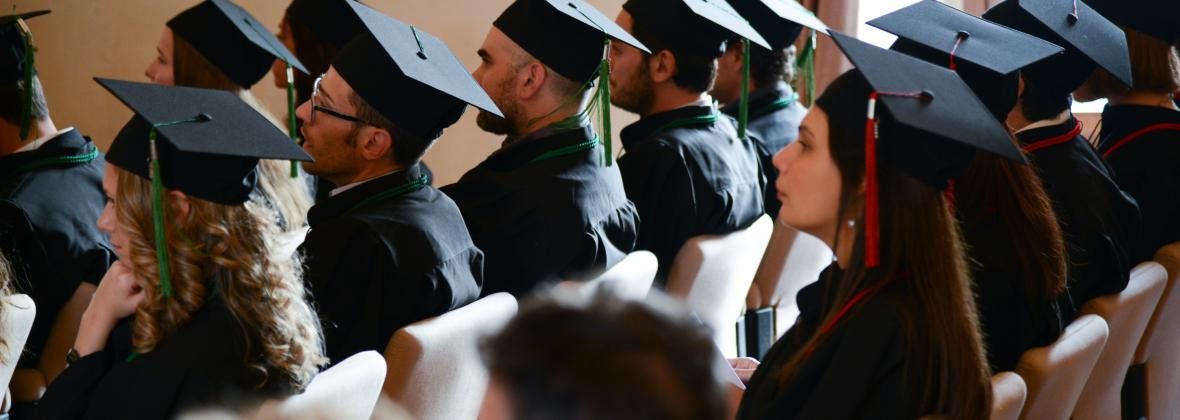Ph.D. Leonardo Lamanna has won the "Marco Cadoli" New Researcher Award for the thesis titled "Integrating Planning and Learning for Agents Acting in Unknown Environments."
The thesis was carried out in the context of a fruitful scientific collaboration between DRII/DII (supervisor Professor A. Gerevini) and the Bruno Kessler Foundation (supervisor by Dr. P. Traverso), which funded the doctoral scholarship.
The award is an annual recognition given for the best doctoral thesis in the field of artificial intelligence at the national level by the Italian Association for Artificial Intelligence (AIxIA).
The award ceremony will take place on November 8th during the international AIxIA 2023 conference, which this year will be held in Rome from November 6th to November 9th.
Links of interest:
AIxIA Association: https://aixia.it/en/
AIxIA Conference: http://www.aixia2023.cnr.it/
Thesis Abstract:
"An Artificial Intelligence (AI) agent acting in an environment can perceive the environment through sensors and execute actions through actuators. Symbolic planning provides an agent with decision-making capabilities about the actions to execute for accomplishing tasks in the environment. For applying symbolic planning, an agent needs to know its symbolic state, and an abstract model of the environment dynamics. However, in the real world, an agent has low-level perceptions of the environment (e.g. its position given by a GPS sensor), rather than symbolic observations representing its current state. Furthermore, in many
real-world scenarios, it is not feasible to provide an agent with a complete and correct model of the environment, e.g., when the environment is unknown a priori. The gap between the high-level representations, suitable for symbolic planning, and the low-level sensors and actuators, available in a real-world agent, can be bridged by integrating learning, planning, and acting.
Firstly, an agent has to map its continuous perceptions into its current symbolic state, e.g. by detecting the set of objects and their properties from an RGB image provided by an onboard camera. Afterward, the agent has to build a model of the environment by interacting with the environment and observing the e↵ects of the executed actions. Finally, the agent has to plan on the learned environment model and execute the symbolic actions through its actuators.
We propose an architecture that integrates learning, planning, and acting. Our approach combines data-driven learning methods for building an environ- ment model online with symbolic planning techniques for reasoning on the learned model. In particular, we focus on learning the environment model, from either continuous or symbolic observations, assuming the agent perceptual input is the complete and correct state of the environment, and the agent is able to execute symbolic actions in the environment. Afterward, we assume a partial model of the environment and the capability of mapping perceptions into noisy and incomplete symbolic states are given, and the agent has to ex- ploit the environment model and its perception capabilities to perform tasks in unknown and partially observable environments. Then, we tackle the problem of online learning the mapping between continuous perceptions and symbolic states, assuming the agent is given a partial model of the environment and is able to execute symbolic actions in the real world.
In our approach, we take advantage of learning methods for overcoming
some of the simplifying assumptions of symbolic planning, such as the full observability of the environment, or the need of having a correct environment model. Similarly, we take advantage of symbolic planning techniques to enable an agent to autonomously gather relevant information online, which is necessary for data-driven learning methods. We experimentally show the e↵ectiveness of
our approach in simulated and complex environments, outperforming state-of-the-art methods. Finally, we empirically demonstrate the applicability of our approach in real environments, by conducting experiments on a real robot.”


